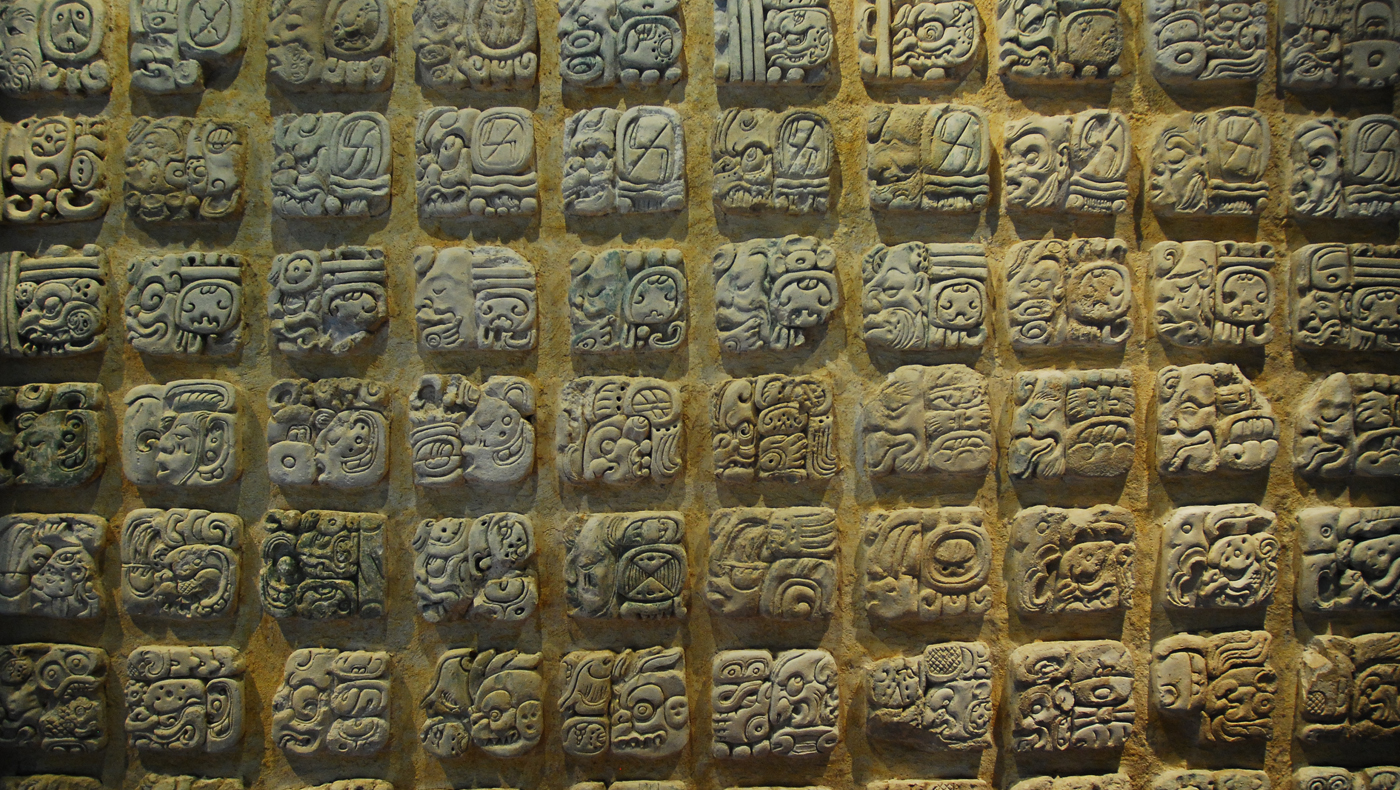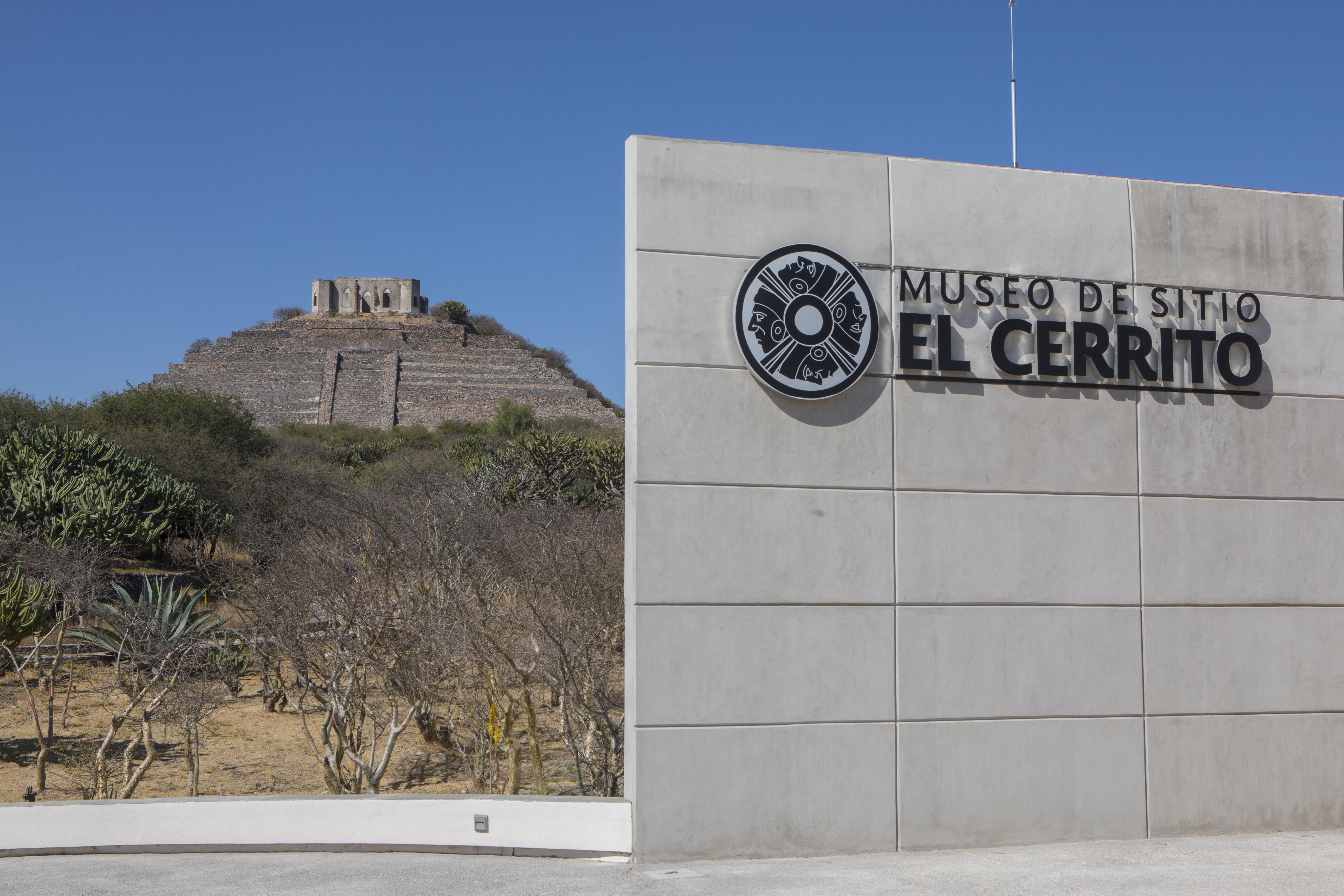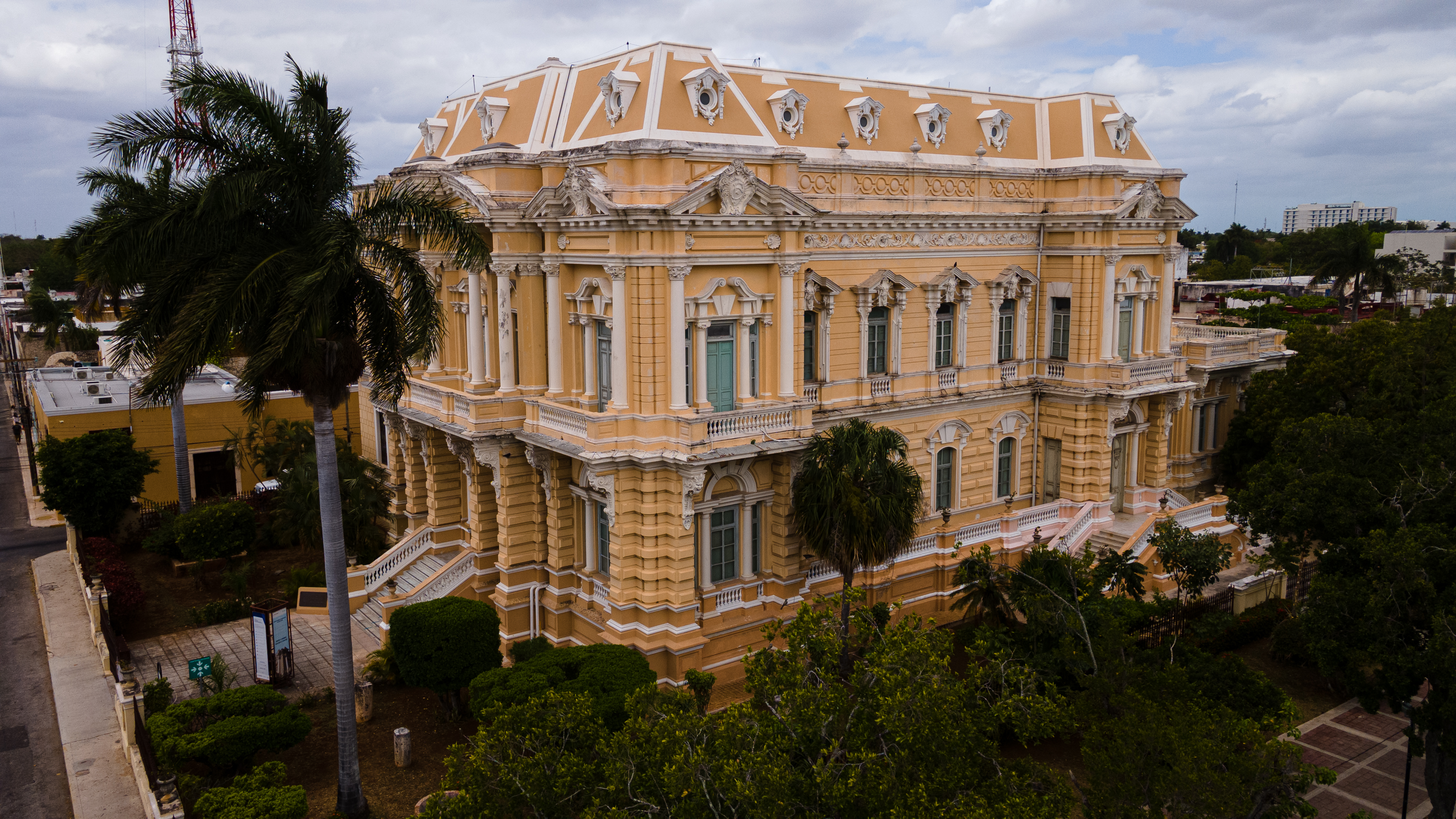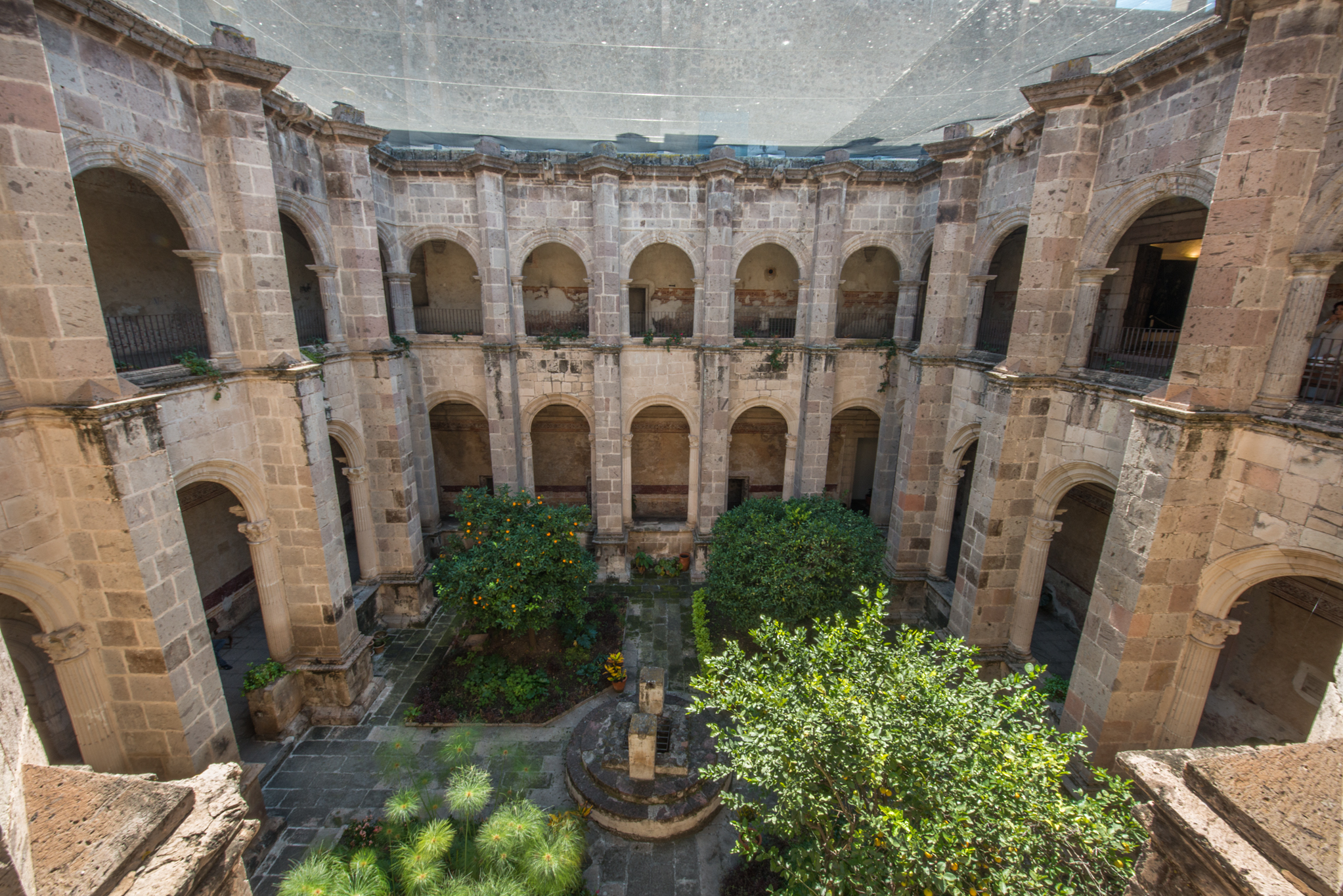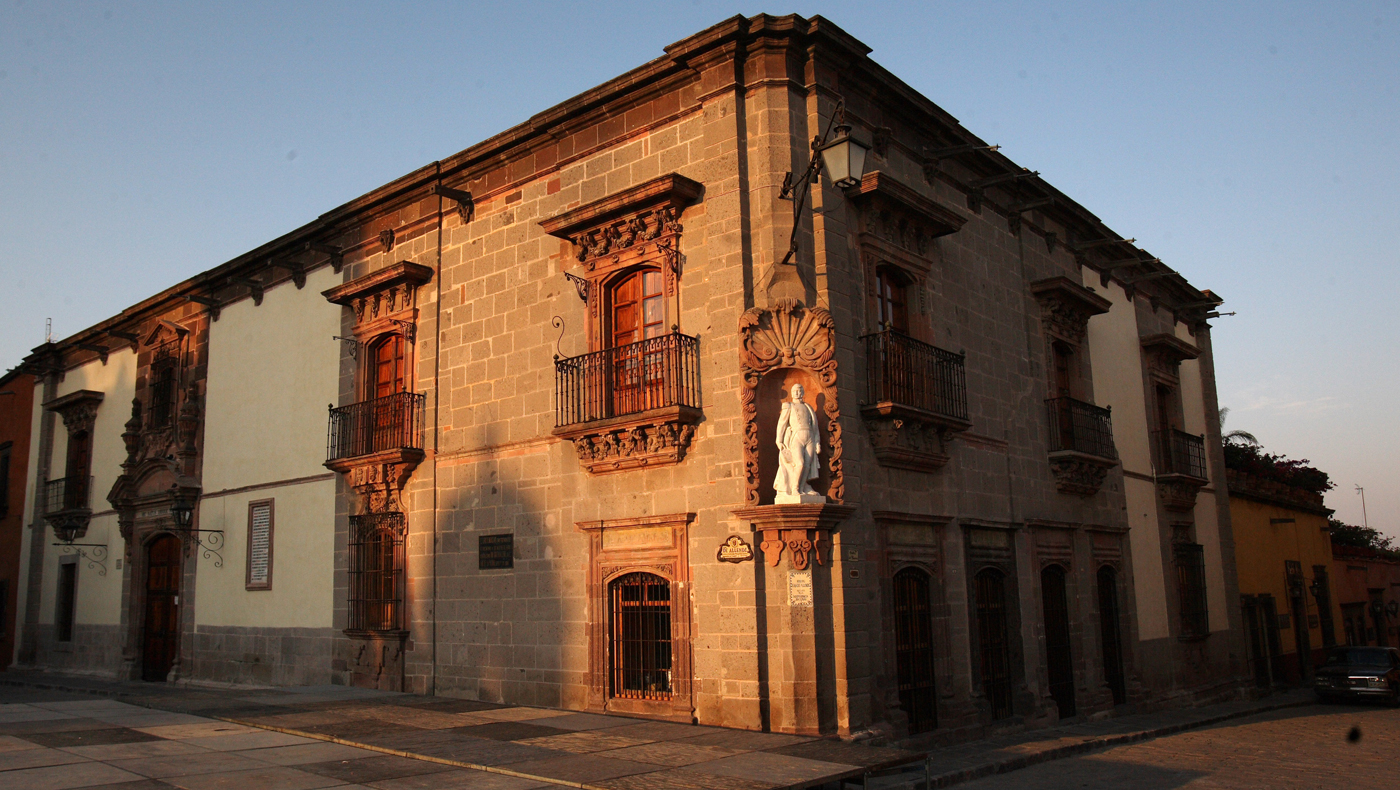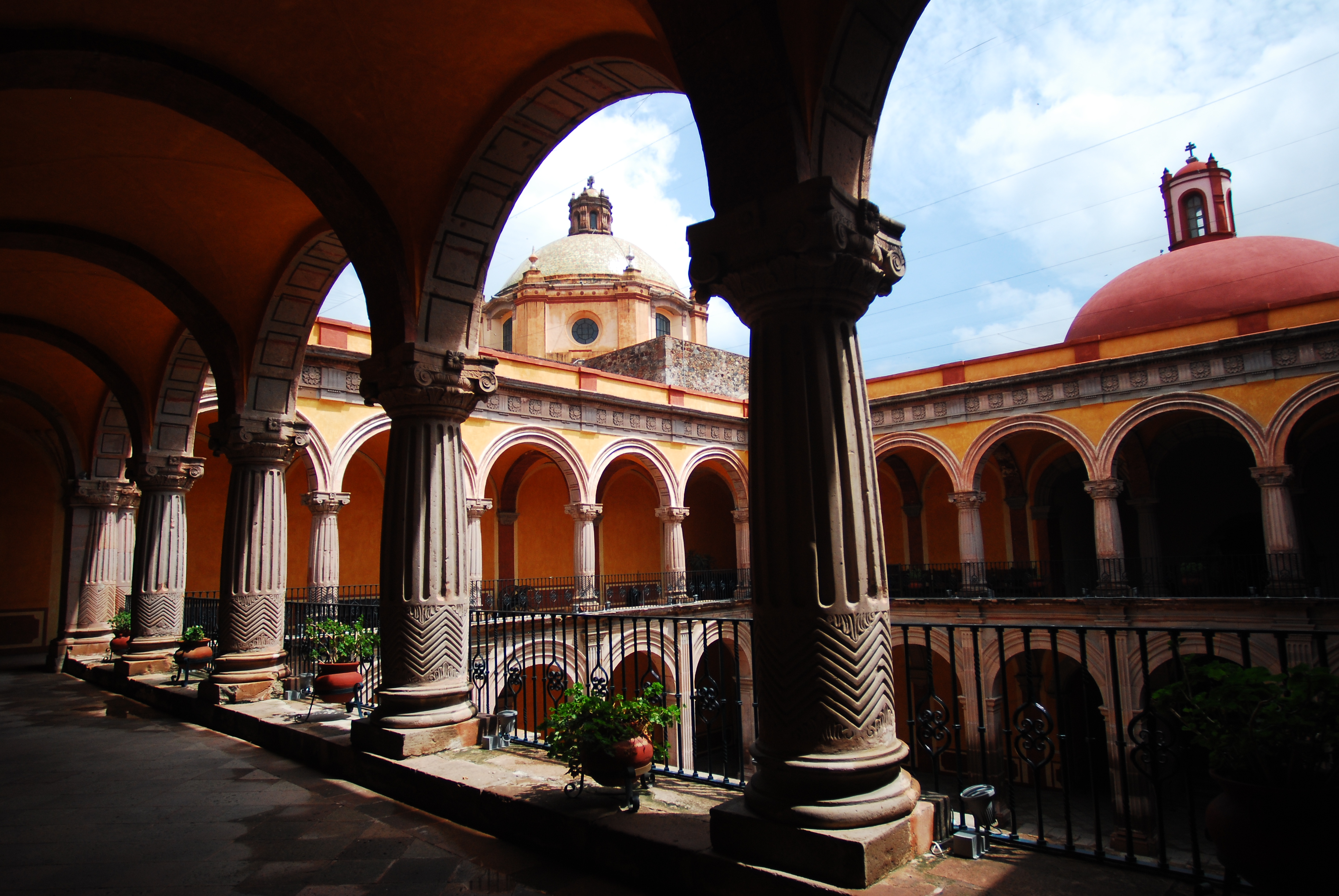
Mostrando 13 - 24 de 161
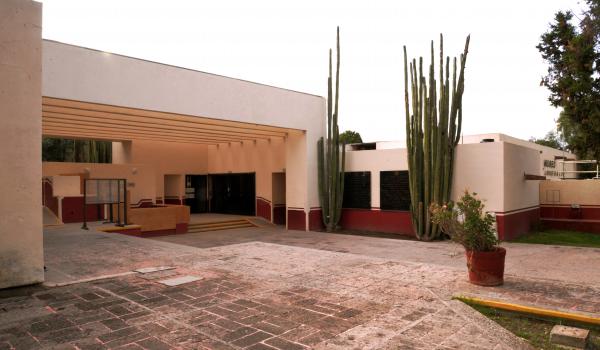
Museo "Jorge R. Acosta"
The archeologist Jorge A. Acosta (1904-1975), discovered the great Atlantes of Tula and other finds. The museum recreates the ancient Tollan Xicocotitlan: with sculpture, ceramics, stelae, offerings and gods (Quetzañcoatl, Tecatlipoca) and the vast population, inheritors of Teotihuacan.
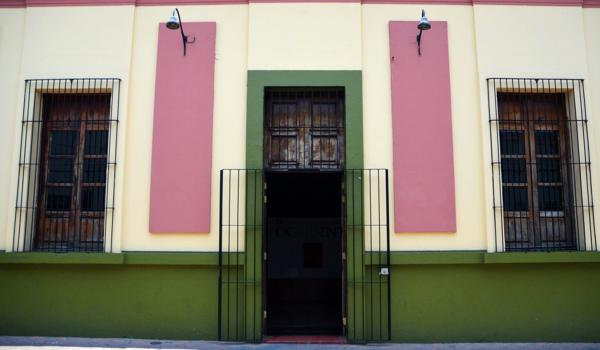
Museo Arqueológico de Ciudad Guzmán
Founded in the 1950s by the city’s artists, one of whom was Juan José Arreola, the museum exhibits pieces from western cultures such as the Cora, Huichol, coastal Nahua and Purepecha, with pieces from the viceregal period and a collection of sketches by the painter José Clemente Orozco.
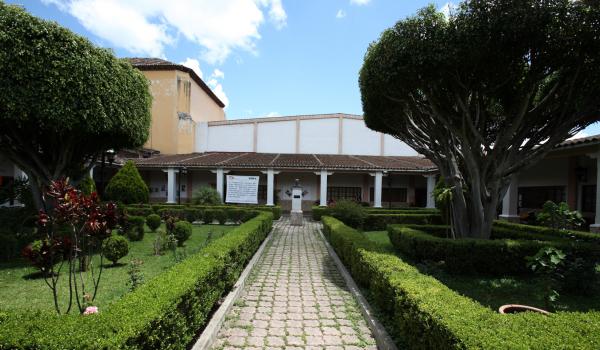
Museo Arqueológico de Comitán
Shows the development of the Maya peoples that flourished in the highlands of Chiapas up to their peak in Chincultic and Tenam Puente. Presents a valuable collection of finds from this latter site in stone, bone, alabaster and shell.
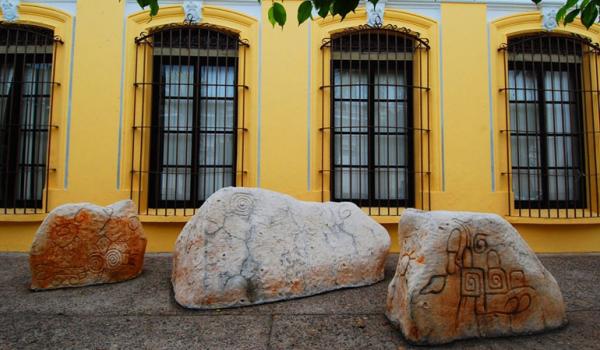
Museo Arqueológico de Mazatlán
Housed in a mansion from the Porfiriato period, since 1989 the museum has shown temporary fine art exhibitions and a large collection of pre-Hispanic pieces from the indigenous peoples of Sinaloa, particularly fine pottery and human terracotta figures.
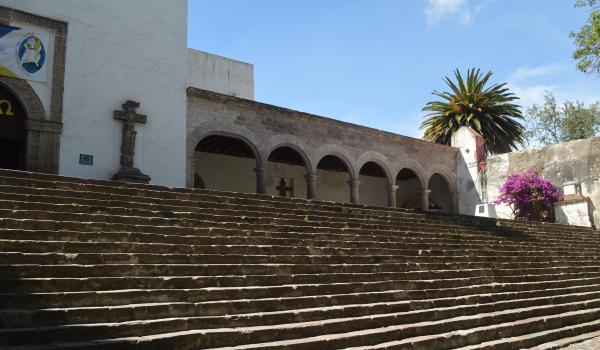
Museo Arqueológico de Tepeapulco
The museum is housed in the Franciscan convent founded in 1528. The great scholar of Nahuatl, Fray Bernardino de Sahagún lived and worked here. The museum displays material on his life and work, on pre-Hispanic society from the earliest times and a collection of religious art of New Spain.

Museo Arqueológico del Soconusco
The history of Xoconochco (place of the bitter tuna cactus) is told in a 1920s Art Deco building. It is a tale of a land that was conquered by the Mexica, but whose original inhabitants were the Mokaya, who gave way more than two thousand years ago to the Olmecs, who left stelae and monoliths, such as those in Izapa dating back to 1500 B.C.
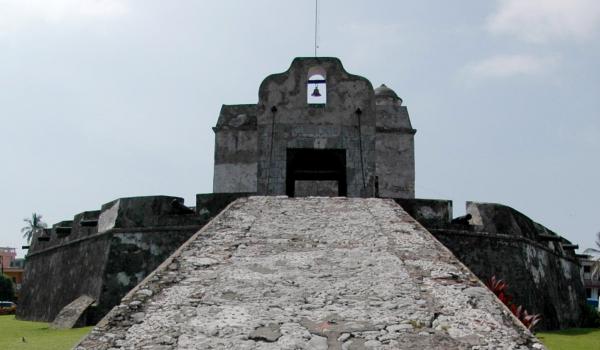
Museo Baluarte de Santiago
Part of the old wall defending the port of Veracruz against pirate attacks. The bastion of Santiago is the only surviving bastion. It houses and displays the “fisherman’s jewels,” a notable collection of pre-Hispanic gold and silver pieces found by a Veracruz fisherman.
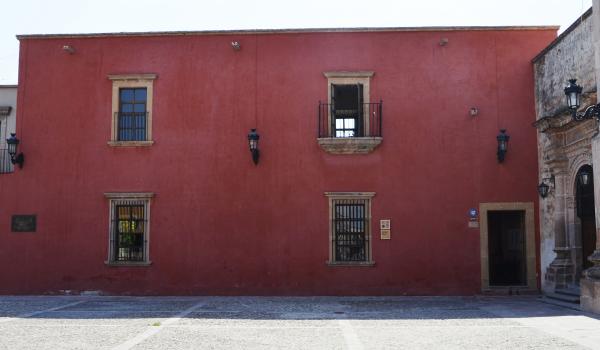
Museo Casa Agustín Rivera "Altos de Jalisco"
A large house in Lagos de Moreno built in 1764, inhabited in the nineteenth century by Agustín Rivera y Sanrománn, the canon and historian who was an active liberal of the Juarista movement. It frequently houses temporary exhibitions about archeology, history and local art.
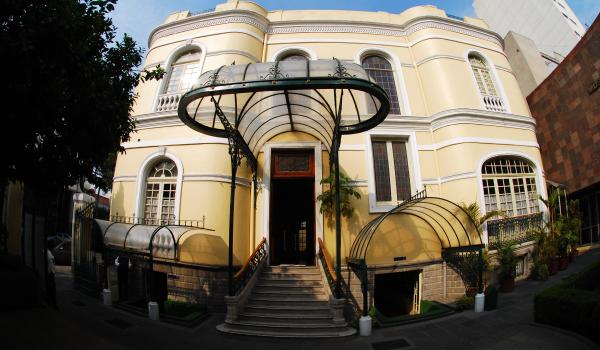
Museo Casa de Carranza
A house from the Porfirio Diaz era and Venustiano Carranza’s family home during the last six months of his life. Later used as a military barracks, headquarters of the “association of constitutionalists” and library. It houses a varied exhibition of objects from the political and private life of Mexico’s “First Chief” of the Constitutionalist forces.
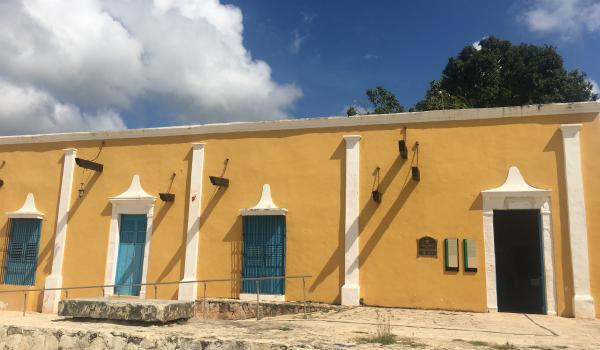
Museo de Arqueología Maya del Camino Real de Hecelchakán
Opened to the public in 1965, in an eighteenth-century colonial house, the museum exhibits Maya architectural elements from various sites, as well a fine collection of Jaina figures, vessels and carved stone objects.
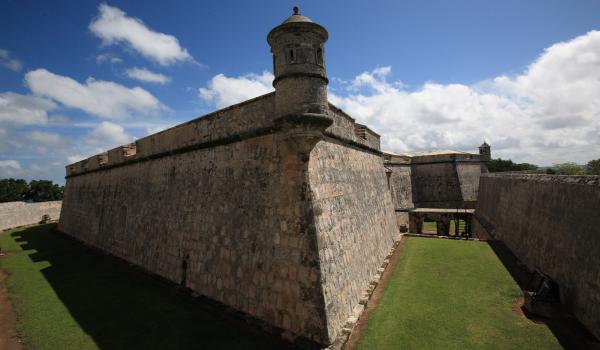
Museo de Arqueología Maya, Fuerte de San Miguel
In one of the mightiest forts of the vice-royal period, dating from the late eighteenth century, this museum is now home to two unique collections: the funerary jade masks of Calakmul, and the funerary ceramic figures of Jaina. In addition, there are some remarkable Mayan stone sculptures. The architecture and splendid collections of the Fuerte de San Miguel were among the main reasons why the city of Campeche was listed by the UNESCO as a World Heritage Site in 1999.


